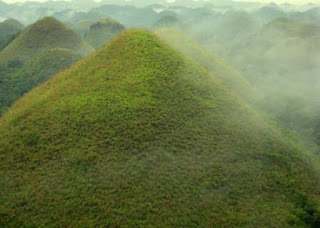Late October, early November is the time to go birding at
the Sacramento National
Wildlife Refuge and surrounding areas in Colusa and Butte
Counties in northern California. I heard one individual listed a
thousand or more species visiting the refuge this time of year. My list isn’t
so impressive, and I’m not the Big Year type birder, but in just a few hours
involving a small hike and the auto tour with a few stops, I racked up about
30. But more astounding than that is the production put on by the migrating
birds, on land, water, and in the sky. Thousands of snow geese, Ross’ geese,
and white-fronted geese blanketed islands of land completely with solid shades
of white and brown; while waterfowl and shorebirds dotted the waters in amazing
numbers. Then the geese would fly overhead, cackling a billion conversations in
intricate formation while taking off, or coming in, or passing through. A
little drama involving a small blackbird chasing off a red-tailed hawk three
times its size topped the show.
More than 40% of the millions of waterfowl that winter in
the Sacramento Valley find habitat in this refuge. I
couldn’t help but wonder if this spectacular view I was taking in wasn’t a bit
of overcrowding due to diminishing wetlands elsewhere in the valley. Agriculture
has taken up much of the valley wetlands used by migrating birds. The good news
is groups such as the Audubon
Society are developing programs with rice farmers to increase wetland
habitat for these thousands of species. Speculation aside, I drove out of the valley
with a list including a variety of taxa--killdeer, northern flicker, gadwalls,
northern pintails, great white egrets, herons, golden-crowned sparrows, marsh
wren, coots, blackbirds, northern harrier, shovelers, mallards, willets, and
meadowlarks; not to mention the adorably colorful black-neck stilts, ruddy
ducks, goldeneyes, scaups, and wigeons. A few quail and a raccoon crossed the
road on our way out. In December a couple of years earlier, a similar list
included two peregrine falcons.
The refuge is off of Interstate 5 between Sacramento
and Redding, just about 7 miles south of the
town of Willows.
But to the east, heading up State Route 45 towards Chico, the birding continues. Driving along
the 18,000 acres of Llano Seco Rancho, an
historic ranch turned into conservation
lands and an organic hog farm, I was able to add to my list burrowing owl,
ferruginous hawk, and long-billed curlew to name a few. My photos don’t do the
scenes justice, so the next time you’re flying up or down Interstate 5 in this
area in the winter, it would be worth it to take the time to stop at the refuge and pull out
the binoculars.
 |
| Snow and Ross' geese |
 |
| Yes, those are all birds |




















